The drive to migrate is instinctive and many animal species undertake enormously, long annual migrations.
Humpback whales engage in extensive journeys between polar feeding grounds and tropical breeding areas.
In Australia, humpback whales on our eastern seaboard migrate from feeding areas in East Antarctica northward along the east coast to The Whitsundays in the Great Barrier Reef to give birth to their calves.
The Kimberley in northwestern Australia is the equivalent western calving/breeding grounds for humpback whales, where neonates flourish in the warm, calm tropical waters. With increasing numbers in the WA humpback whale population, calves are now observed in various other places such as off the Dampier Archipelago, at Ningaloo Reef and even in southern waters off Perth and Augusta.
In the next few weeks as the end of the Antarctic summer whale feeding season nears, (with shorter daylength and decreasing water temperature), many whale species will commence their northern tropical migrations.
On a recent research trip to the Antarctic, CWR Scientists Curt and Micheline Jenner observed and photographed various whales including feeding Antarctic minke whales, cruising killer whales (Type A and B), an Arnoux beaked whale and migrating, bubble-net feeding or resting humpback whales. Humpback whales encountered on this voyage will soon be travelling northwards along the west and east coasts of South America. In absolutely stunning, icy scenery these are a few humpback whale images from this foray along West Antarctica.
Picture postcard vistas are the backdrop of the summer feeding season for humpback whales in the high latitude waters of Antarctica. Photo: Micheline Jenner.
This humpback whale cow/calf pair rested in the calm waters of Carroll Inlet, Antarctic Peninsula. the mother (appearing pregnant with her slightly extended girth) accompanied by her calf of this season, will spend the summer feeding in the Southern Ocean. On their northern migration, when her calf is a yearling, they will separate and make their own way in life. Photo: Micheline Jenner.
Gently flipping and flopping in the cool, nutrient-rich waters as an adventurous calf should – why not play in your food? Photo: Micheline Jenner.
A pair of adult humpback whales migrates slowly in the glassy calm conditions. They are on the hunt for krill, swarms of krill to effectively fuel their energetic winter breeding period. Photo: Micheline Jenner.
After making the long migration to the productive high latitudes, these humpback whales will feed for 2-4 months before travelling back to their tropical breeding grounds. Photo: Micheline Jenner.
As March turns to April, it’s time to look for whale blows on the horizon indicating humpback whales are plying our east and west Australian coasts. With both our coastal humpback whale populations on the rise, there are opportunities to see humpback whales from autumn through winter and right into spring.
What a splendid time of year! Soon we will have playful humpback whales gracing our shores!
A protective mother humpback whale breaches almost clear of the turquoise Kimberley water, most likely trying to scare away a pesky shark interested in her newborn calf. Photo: Micheline Jenner.
Keep an eye out for blows and breaches!
Save our Whales
Save our Oceans
Save our Planet

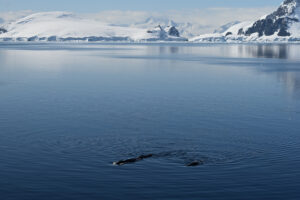

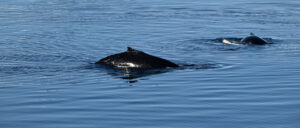
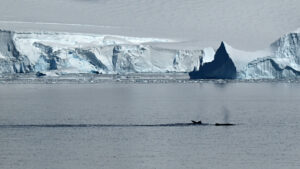
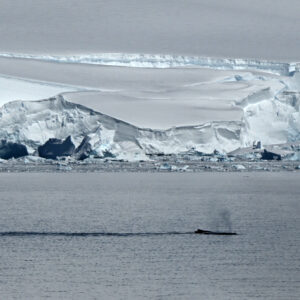
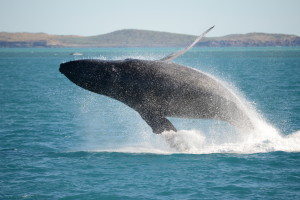
No comments yet.